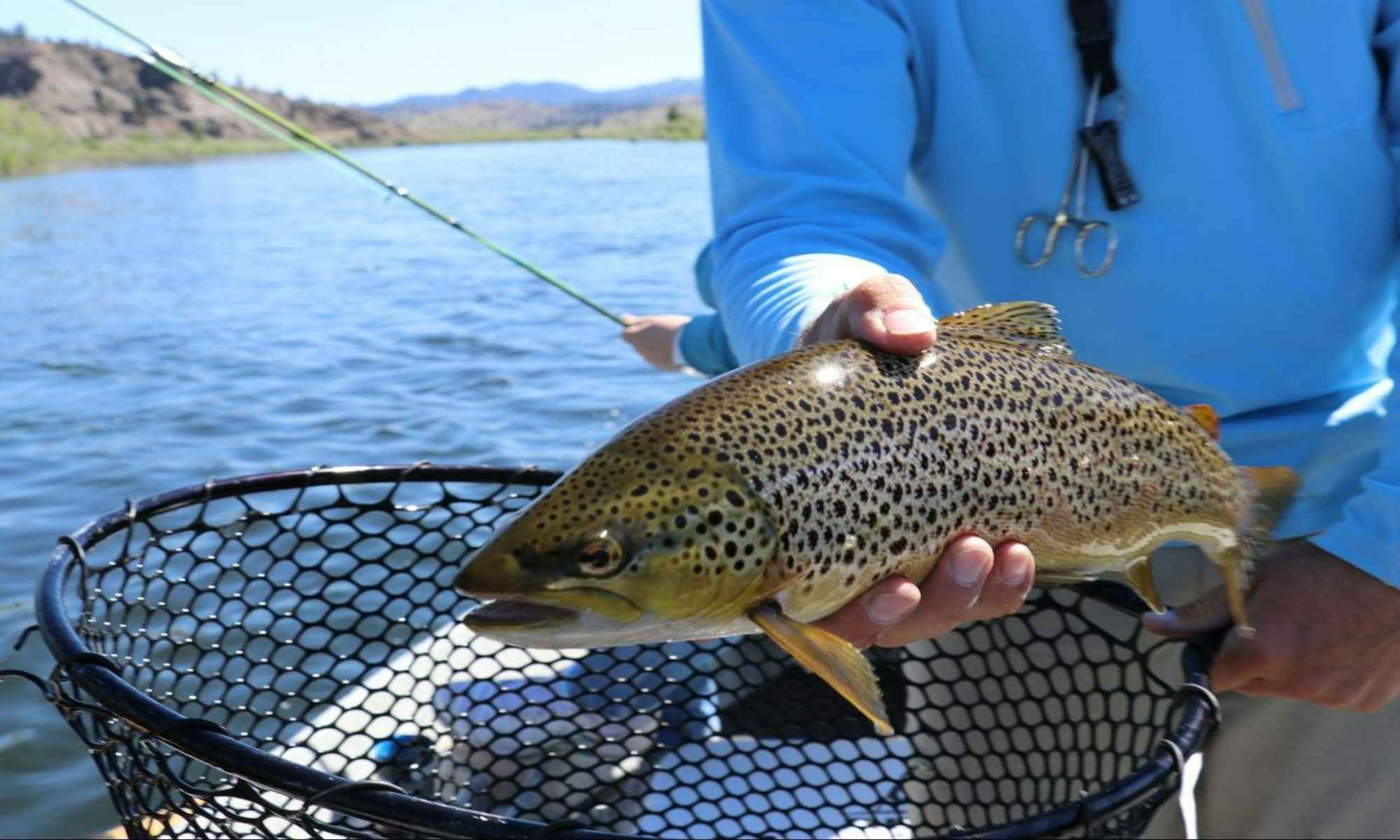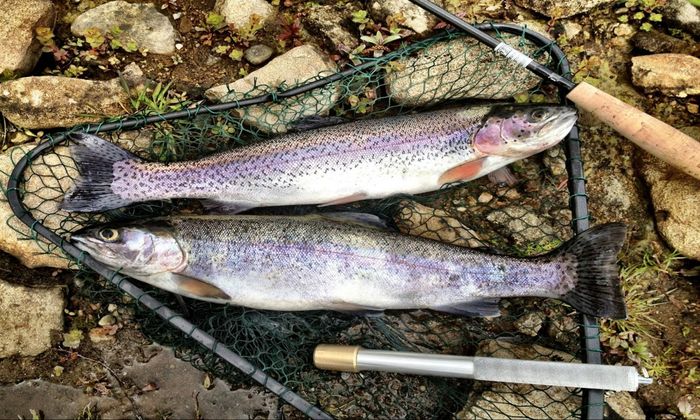The Best Way To Catch Trout Using a Mackerel-Head Jig
Yes, that's right. Mackerel head can be used to catch trout! Read this article to find out how.

The most flexible trout lures are small jigs. They can be fished quickly or slowly, shallowly or intensely, according to what is necessary at the time, whether they are made of fur, feathers, or soft plastic. They work incredibly well in most trout ponds, lakes, and streams ranging from little creeks to large rivers. However, bigger ones work, too. In fact, heads are a great bait item.

Mackerel is a small, quick predatory fish, often found in large numbers almost everywhere, especially during the summer. Because they are simple to catch with lures and float-fished baits, mackerel are a favorite sport fish among anglers. They also provide many children with their first experience with sea fishing.
Because of their small size, they can be used to catch trout. To do so, just below your mouth, make a looping motion with your teeth from the lower jaw up to the top of your head. Additionally, because the hook will emerge from the bait as soon as the line is pulled taut, it makes for a more aerodynamic setup. This might have a substantial effect if the fish are outside the bar.

Prepare the Appropriate Equipment
Generally, any light rod around two meters long will work on trout. A softish tip section and a rod rated to support between two kilograms and six kilograms of a line are required. Without a soft tip to absorb the sudden weight, trout might yank the hook from their soft mouths or break your line when they strike hard jigs.
There is currently a huge variety of jigs available, and all of them will function if used correctly. The secret to choosing the perfect jig—mackerel, included—is selecting the appropriate weight to create a fluttering descent as the jig sinks, which is related to the line-breaking strain you chose. The required jig must be heavier than the line.
Check Your Size and Placement
The size of the lure you are using, the depth of the water, and the force of the current where you are fishing will all affect the optimal jig head size for trout. For longer lures, you might also need to lengthen the shank and enlarge the jig head because you want the hook to stick out in the middle of the lure.
The most popular hook size for mackerel is a size 1O, however, many anglers think that this size is too large. Sabiki feathers, a Japanese substitute for the traditionally huge mackerel feathers, outperform the conventionally sized mackerel feathers by a wide margin.
Use a Fish Finder or Sounder
You can find yourself looking for trout for excessive time without a fish detector. It is not necessary to purchase an expensive fish detector. Any fish you locate in the water large enough to "leave a mark" on the sounder screen is likely to be a trout, so you don't need sophisticated computing for saltwater sounders. The depth at which the fish hold is an important finding from the sounder. Over brief intervals, trout typically move very little up and down in the water column.
Place Your Jig Strategically On the Water
It might not seem to be as tricky as it is. Every five meters or so, there are lines with various colored stripes. Using an indelible marker, you can mark off a regular line every five meters—one mark for the first five meters, two for the second five meters, and so on. There are reels with line counters accessible right now. The rod tip should be retained just above the water's surface as you lower your jig to a depth roughly a meter below the fish.

Jig It Through the Fish
The jig only needs to be raised approximately a foot, after which the rod tip should be lowered to just over the water's surface, enabling the jig to fall freely into the water. Due to the boat’s drift, wind in and start over if the jig streams away from the boat at an angle of more than 45 degrees. The better the jigs travel up and down, the more perpendicular.
Practice and Improve Your Aim On the Water
Jigs should be thrown directly upstream while fishing tiny rivers, which are defined as those that are smaller than around 25 feet wide. Cast away from a likely trout lie, such as the edge of a pool or a boulder in the middle of a stream. Then, reel quickly enough so that your jig follows the water downstream. Move your rod tip to direct your bait into the desired area as you reel. Be ready by adding one or two twitches. Trout frequently strike downstream-moving baits extremely forcefully.
Cast roughly 45 degrees up and across the current in larger bodies of water. Without retrieving, let the jig sink. When you hear the tick-tick of the bottom, reel to tighten up; do not simply crank it back in. Instead, jerk the rod tip sporadically, sometimes making contact with the riverbed. Reel the jig back after it has finished swinging, then cast for another drift.



